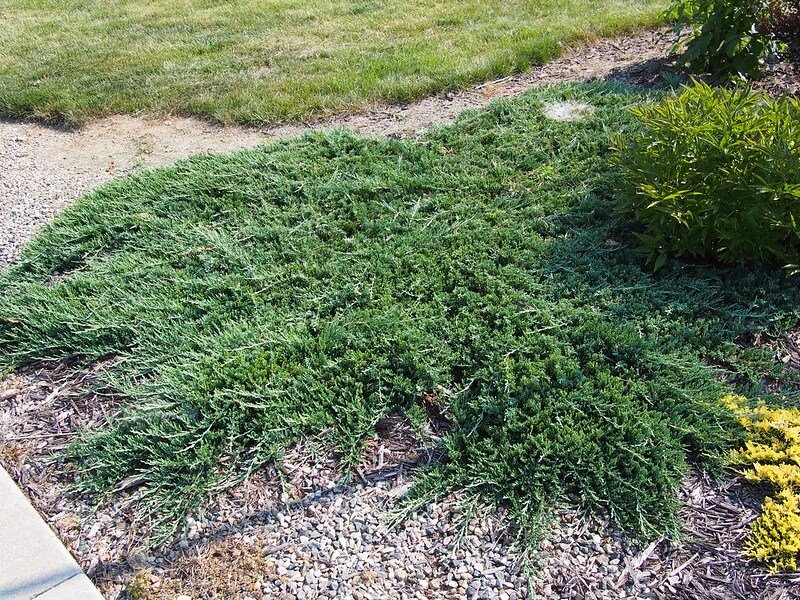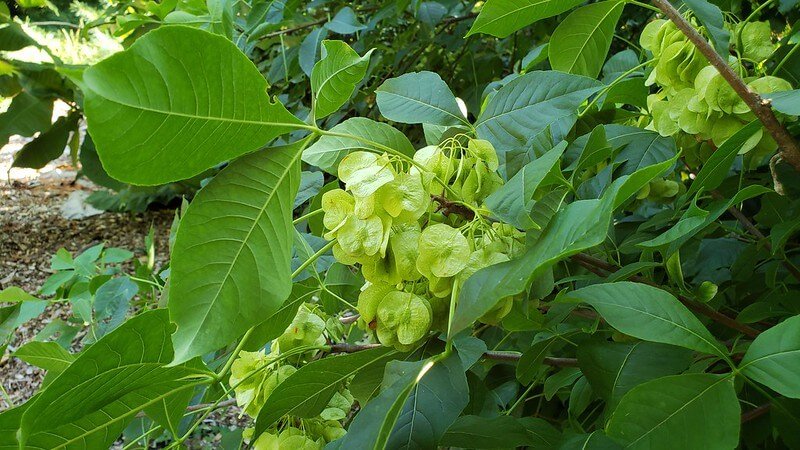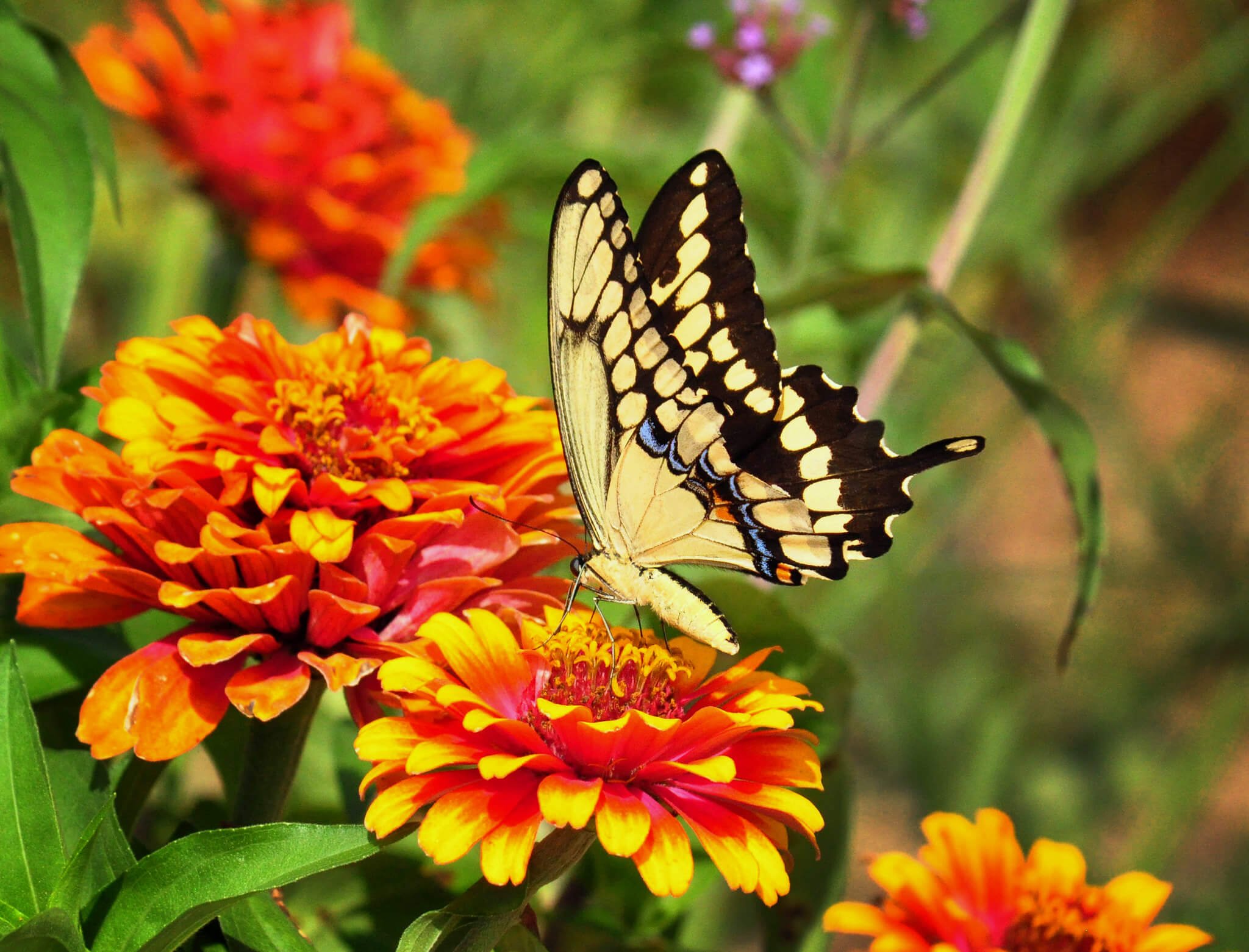Nannyberry (Viburnum lentago)
The nectar and pollen of the flowers attract many different kinds of bees (illinoiswildflower.info). It is also the host plant to the Hummingbird Clearwing and 101 other butterflies and moths in our area (nwf.org). By fall, reddish-purple berries hang heavily and are a favorite of many different kinds of birds and other wildlife (audubon.org). This fruit is edible and is often used to make jam.
Photo credit: Doug Mcgrady (1), John Blair (2)
The nectar and pollen of the flowers attract many different kinds of bees (illinoiswildflower.info). It is also the host plant to the Hummingbird Clearwing and 101 other butterflies and moths in our area (nwf.org). By fall, reddish-purple berries hang heavily and are a favorite of many different kinds of birds and other wildlife (audubon.org). This fruit is edible and is often used to make jam.
Photo credit: Doug Mcgrady (1), John Blair (2)
The nectar and pollen of the flowers attract many different kinds of bees (illinoiswildflower.info). It is also the host plant to the Hummingbird Clearwing and 101 other butterflies and moths in our area (nwf.org). By fall, reddish-purple berries hang heavily and are a favorite of many different kinds of birds and other wildlife (audubon.org). This fruit is edible and is often used to make jam.
Photo credit: Doug Mcgrady (1), John Blair (2)
Life Cycle: Perennial
Sun Exposure: Full, Partial sun
Soil Moisture: Wet - Medium
Height: Up to 20 feet
Plant Spacing: 8-12 feet
Bloom Time: May - June
Bloom Color: White
Advantages: Bird Favorite, Caterpillar Favorite, Pollinator Favorite
Host Plant: Hummingbird Clearwing, possibly the Spring Azure, and 101 other species of butterflies and moths use this as a caterpillar host plant in our area (nwf.org)











